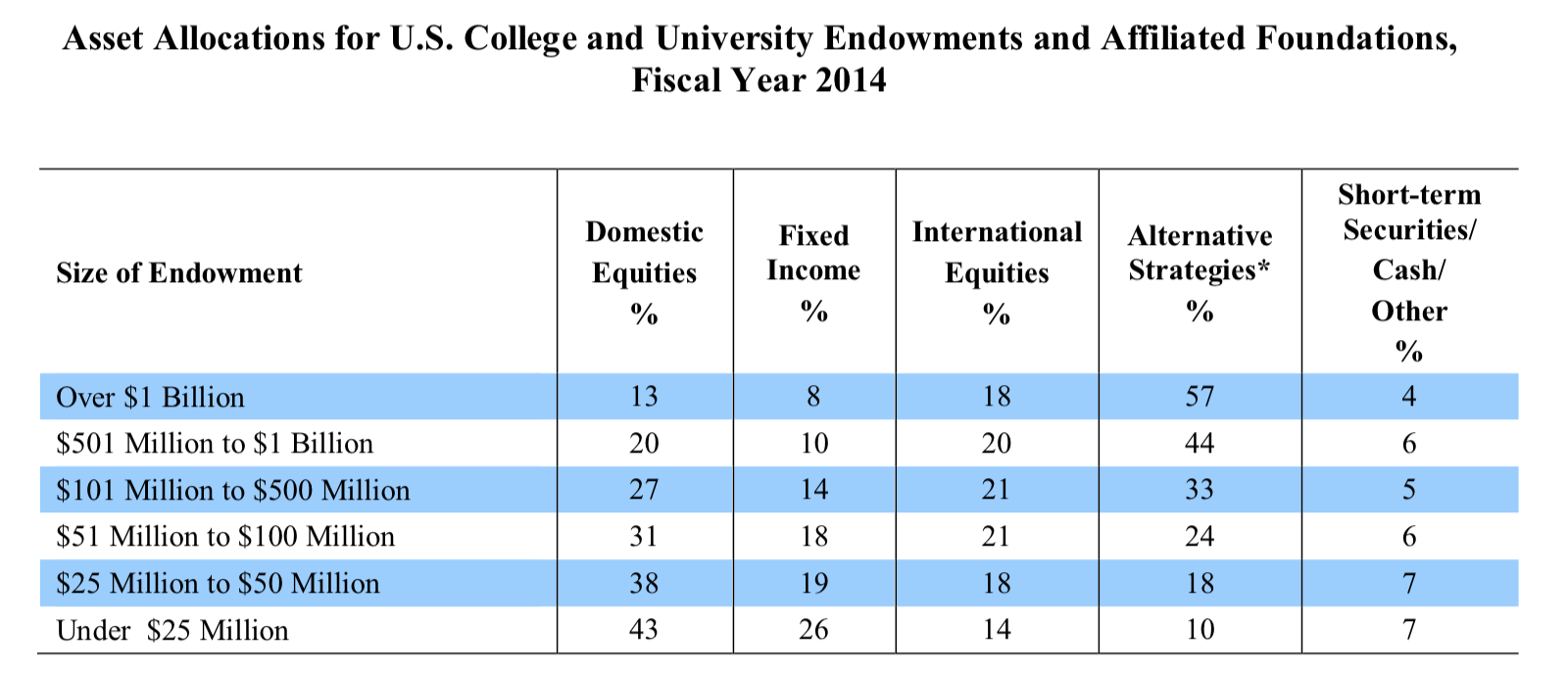 Art by Tim BowerThe University of California’s (UC) investment office has further
deepened its bench with the addition of Sacramento County pension chief Scott
Chan, CIO has learned.
Art by Tim BowerThe University of California’s (UC) investment office has further
deepened its bench with the addition of Sacramento County pension chief Scott
Chan, CIO has learned.
Chan has been named senior managing director of public equity, responsible for upwards of $35 billion in endowment, retirement, and operational assets.
The former hedge fund manager took over the Sacramento County Employees’ Retirement System in 2010. Under Chan’s leadership, the $7 billion portfolio climbed from five-year returns in the bottom quartile of public plans to the 53rd percentile as of September 30, 2014.
He spearheaded several opportunistic plays, including a separate account for purchasing discounted infrastructure secondaries. Last month, Chan and the fund took home the CIO Industry Innovation Award for public plans under $15 billion.
Chan is scheduled to begin the new role on February 17.
In addition to filling the public equity post, CIO Jagdeep Bachher has promoted real estate specialist Cay Sison from investment officer to director. Sison also arrived at UC from a California public pension, having spent a decade as an analyst with the Los Angeles County Employees Retirement Association.
Sison and Chan join more than 14 new hires and promoted staff members that have entered new roles at UC’s investment office over the last few months. Several professionals have also retired or left during this period.
Bachher, who took over as CIO in April 2014, has executed a nearly wholesale overhaul of the division’s staff, organizational structure, and compensation scheme.
Identifying and promoting internal talent was his first step in the reorganization, the Canadian sovereign wealth fund alum told CIO in November.
“Second,” he said, “you need to bring in external people. Target those with experience who’ve had leadership roles. Hence, CIOs at other institutions who want to go back to investing have been very attractive.”
External Hires:
- Scott Chan, Senior Managing Director, Public Equity (ex-Sacramento County Employees’ Retirement System)
- Arthur Guimaraes, COO & Associate CIO (ex-AIMCo)
- Brian Gibson, Senior Investments Advisor to the CIO (ex-AIMCo and Ontario Teachers’)
- Ashby Monk, Senior Advisor to the CIO
- Sam Kunz, Managing Director, Asset Allocation & Investment Strategy (ex-CIO of the Policemen’s Annuity and Benefit Fund of Chicago)
- Niclas Winterstorm, Director, Operational Risk Management (ex-Norges Bank Investment Management)
- Lindsey Adams, Director, Real Estate (ex-San Francisco Public Employees’ Retirement System)
- Jessica Hans, Senior Investment Analyst, Private Equity & Real Assets (ex-Monsanto and Blackstone)
- Matt Webster, Senior Investment Analyst, Private Equity & Real Assets (ex-Chertoff Group)
- Sheng-Sheng Foo, Senior Investment Analyst, Public Equity (ex-California Endowment, a $3 billion foundation)
- Thomas Fischer, Investment Officer, Real Estate (ex-Otto Finlay Investment, a real estate operating company)
Promotions:
- Cay Sison, Director, Real Estate (formerly Investment Officer)
- Paul Teng, Director, Deputy Head, & Acting Head, Public Equity (formerly Investment Officer)
- Edmond Fong, Managing Director, Cross Asset Class Investments (formerly in absolute return unit)
- Susie Ardeshir, Investment Officer
Exits:
- William Coaker, Senior Managing Director, Public Equity (now CIO of San Francisco Employees' Retirement System)
- Mel Stanton, Deputy CIO (now retired)
- Peter Taylor, CFO (now president of a private foundation)
Related Content:Hiring Spree for U. California’s CIO; 2014 Innovation Awards Profile: Scott Chan

 (Source: 2014 NACUBO-Commonfund Study of Endowments)
(Source: 2014 NACUBO-Commonfund Study of Endowments)  (Source: 2014 NACUBO-Commonfund Study of Endowments)
(Source: 2014 NACUBO-Commonfund Study of Endowments)